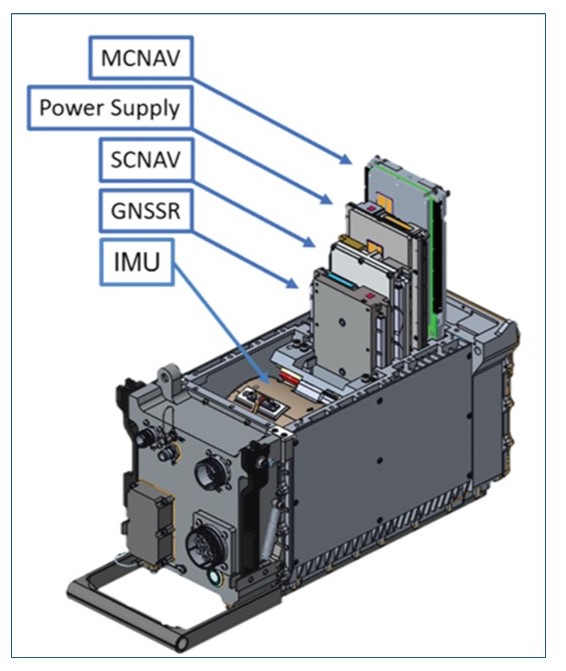Image: U.S. Air Force
What’s New: The Air Force is making progress with it’s Modular Open Systems Architecture (MOSA) approach to navigation.
Why It’s Important:
- Building a navigation system (like GPS) into an aircraft, weapons, or other system means that to change or improve nav sensors you often have to completely or at least partly disassemble and rebuild the platform. This is a huge barrier to making upgrades to the platform’s nav capabilities.
- With MOSA it is much easier to add and subtract navigation sensors and capabilities (see illustration for a great graphic example).
What Else to Know:
- R-EGI stands for “Resilient-Embedded GPS/INS. OK, so don’t pay too much attention to the fact that GPS spoofing has drawn off a lot of aircraft INS sensors recently. That has to do with the way the sensors are integrated as much as anything else.
- The important bit here is that as new nav signals and sensors become available, MOSA will make it easy to integrate them into a platform. Maybe not entirely plug and play, but could be close.
- For legacy platforms with deeply embedded GPS or GNSS, our colleague Nino De Falcis of member company VIAVI Solutions had a really Interesting presentation at CGSIC in September. The idea is to have a multi-nav package that ingests various signals, translates them into a GPS/GNSS signal and then feed it to the legacy platform through its GPS antenna port. We have been meaning to post specifically on this idea and will sometime soon.
Join and follow us @gpsbackup.bsky.social



